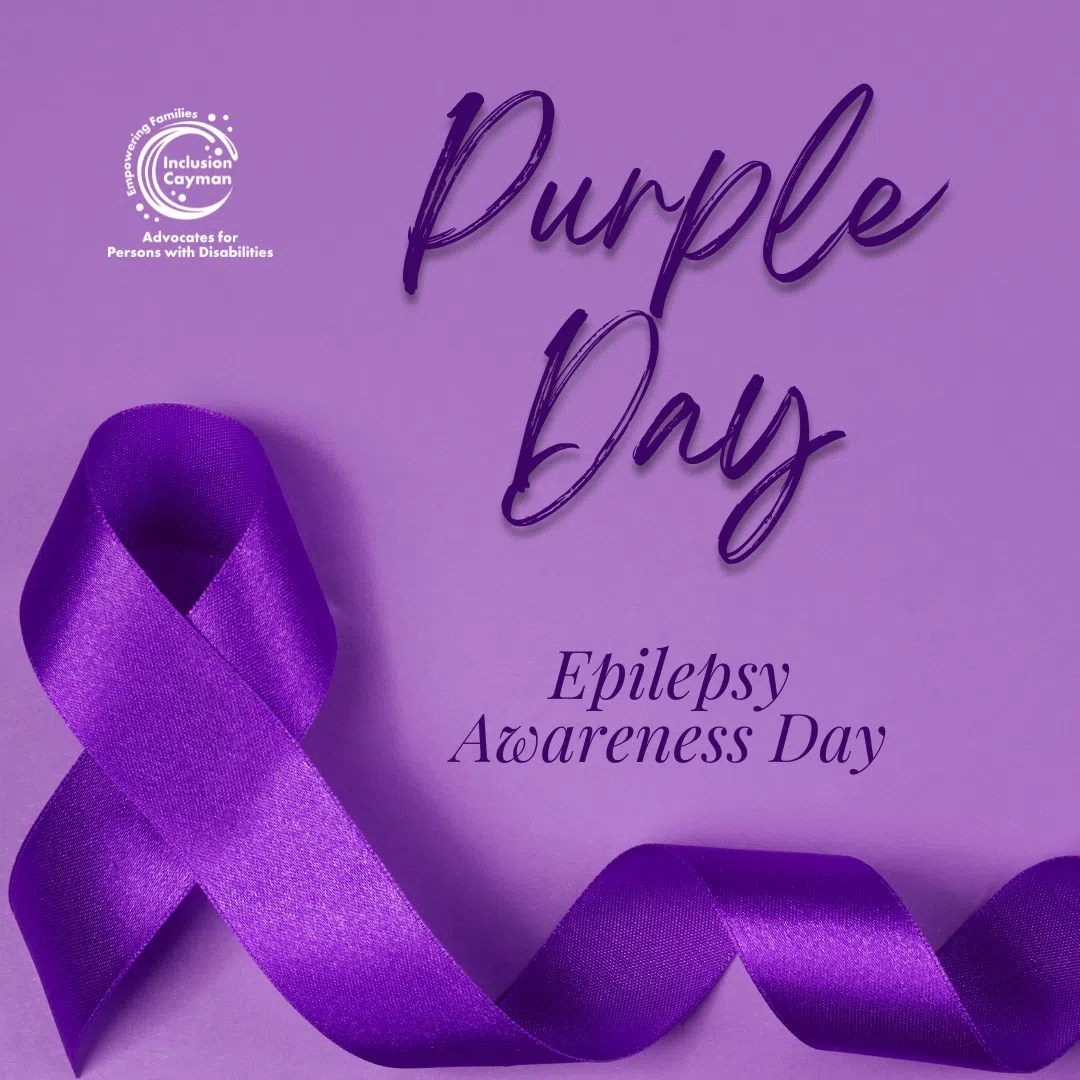March 25 is world epilepsy awareness day, otherwise known as purple day, designed to shed light on a disease that effects one in every one hundred Canadians, although it seems to fly under the radar from the public eye. Canada is the only country in the world who officially recognizes March 26th as Purple Day with the Purple Day Act implemented on June 28, 2012.
“My first seizure was actually, it was in 2018 and at the time I didn’t know that I had epilepsy.” said Luke Smith who has learned to live with epilepsy.
“I was at my cottage with my family. It was my mom’s 50th birthday and I was in the bathroom upstairs.” he said “I guess everyone heard a loud bang like a loud crash and it was me having a seizure.”
“With epilepsy is when you have a seizure, your license gets suspended for 6 months.” Smith said when talking about the challenges that come with the disease. “It kind of just came out of nowhere, it was a big shock. I had to quit the job that I was at at the time because I needed to drive for it. So that sucked.”
“At this point now, it’s just a part of my life and I’m not going to complain about it.”he said.
Epilepsy is a serious brain disorder with reoccurring seizures, which are caused by abnormal bursts of electrical activity in the brain. It can stem from conditions like head trauma, infections, strokes, or Alzheimer’s disease, as well as from genetic and autoimmune factors. In select cases, there is no specific cause identified.
The amount of Canadians with epilepsy has risen by 2 percent per year from 2012 to 2022 and 13 percent of epilepsy cases are found in children and youth from 1-19, 63 percent of cases are found in adults from 20-64, and 24 percent are people 65 and older.







